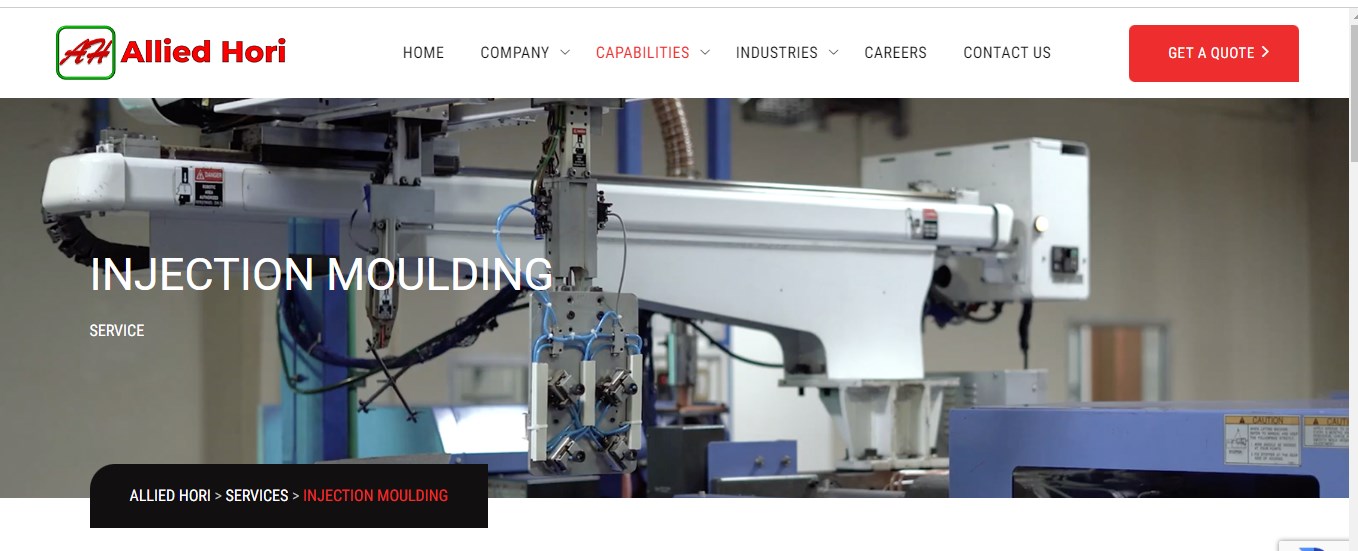
Mould fabrication is a critical component in the manufacturing industry, playing a vital role in producing high-quality, precision-engineered parts. As technology advances, the mould fabrication industry is witnessing significant transformations. This article delves into the future of mould fabrication, exploring the latest trends and innovations that are shaping the industry.
Contents
1. Introduction to Mould Fabrication
What is Mould Fabrication?
Mould fabrication involves designing and creating moulds used in various manufacturing processes, such as injection moulding, blow moulding, and die-casting. These moulds are essential for producing consistent and accurate parts in large quantities.
Importance of Mould Fabrication
High-quality moulds are crucial for ensuring the precision, durability, and performance of manufactured products. Advances in mould fabrication directly impact the efficiency and cost-effectiveness of production processes.
2. Emerging Trends in Mould Fabrication
1. Advanced Materials
The use of advanced electronic manufacturing services Malaysia is revolutionizing the industry. High-performance alloys, ceramics, and composites offer superior strength, durability, and thermal resistance compared to traditional materials. These materials enhance the lifespan of moulds and improve the quality of the final products.
2. Additive Manufacturing (3D Printing)
Additive manufacturing, or 3D printing, is becoming increasingly popular in mould fabrication. This technology allows for rapid prototyping and the creation of complex mould designs that are difficult to achieve with conventional methods. 3D printing reduces lead times and costs, enabling manufacturers to respond quickly to market demands.
3. Automation and Robotics
Automation and robotics are transforming mould fabrication by increasing precision, reducing human error, and enhancing productivity. Automated systems can handle repetitive tasks with high accuracy, while robotics enable complex and intricate mould designs. These technologies streamline production processes and improve overall efficiency.
4. Digital Twin Technology
Digital twin technology creates a virtual replica of the mould fabrication process, allowing manufacturers to simulate, analyze, and optimize the production process in real-time. This technology enhances predictive maintenance, reduces downtime, and improves product quality by identifying potential issues before they occur.
5. Sustainable Practices
Sustainability is becoming a priority in mould fabrication. Manufacturers are adopting eco-friendly materials and processes to reduce waste and energy consumption. Sustainable practices not only benefit the environment but also enhance the reputation and competitiveness of businesses in the global market.
3. Innovations Driving the Future of Mould Fabrication
1. AI and Machine Learning
Artificial intelligence (AI) and machine learning are revolutionizing mould fabrication by enabling predictive analytics, process optimization, and quality control. AI algorithms can analyze vast amounts of data to identify patterns and predict potential defects, leading to improved precision and efficiency in mould production.
2. Internet of Things (IoT)
The Internet of Things (IoT) connects mould fabrication equipment and systems, allowing for real-time monitoring and data collection. IoT-enabled devices provide valuable insights into machine performance, maintenance needs, and production efficiency. This connectivity enhances decision-making and reduces downtime.
3. Hybrid Manufacturing
Hybrid manufacturing combines traditional and additive manufacturing techniques to create moulds with complex geometries and enhanced properties. This approach leverages the strengths of both methods, resulting in moulds that are more durable, precise, and cost-effective.
4. Advanced CAD/CAM Software
Computer-aided design (CAD) and computer-aided manufacturing (CAM) software are becoming more sophisticated, enabling intricate and precise mould designs. Advanced software solutions streamline the design and fabrication process, reduce errors, and enhance collaboration among design and manufacturing teams.
5. Surface Engineering Technologies
Surface engineering technologies, such as laser texturing and coating, enhance the performance and durability of moulds. These technologies improve surface finish, reduce wear and tear, and extend the lifespan of moulds, leading to higher quality products and reduced maintenance costs.
4. Challenges and Opportunities
Challenges
While the future of mould fabrication is promising, the industry faces several challenges, including:
- High Initial Costs: Investing in advanced technologies and materials can be expensive.
- Skilled Workforce: There is a growing need for skilled professionals who can operate and maintain advanced equipment.
- Integration: Integrating new technologies with existing systems can be complex and time-consuming.
Opportunities
Despite the challenges, the mould fabrication industry offers numerous opportunities, such as:
- Market Expansion: Advanced mould fabrication techniques enable manufacturers to enter new markets and applications.
- Customization: Innovations allow for greater customization and flexibility in mould design and production.
- Competitive Advantage: Embracing new technologies enhances productivity, quality, and sustainability, providing a competitive edge.
5. Conclusion
The future of mould fabrication is being shaped by remarkable trends and innovations that promise to enhance precision, efficiency, and sustainability in manufacturing processes. Advanced materials, additive manufacturing, automation, digital twin technology, and sustainable practices are just a few of the advancements driving the industry forward. By leveraging these innovations, mould fabrication providers can overcome challenges, seize new opportunities, and deliver high-quality, cost-effective solutions to meet the evolving demands of the market.
As the industry continues to evolve, staying abreast of the latest trends and technologies will be crucial for businesses aiming to maintain their competitive edge and achieve long-term success. Embracing the future of mould fabrication means investing in innovation, fostering a skilled workforce, and prioritizing sustainability to build a resilient and thriving manufacturing ecosystem.